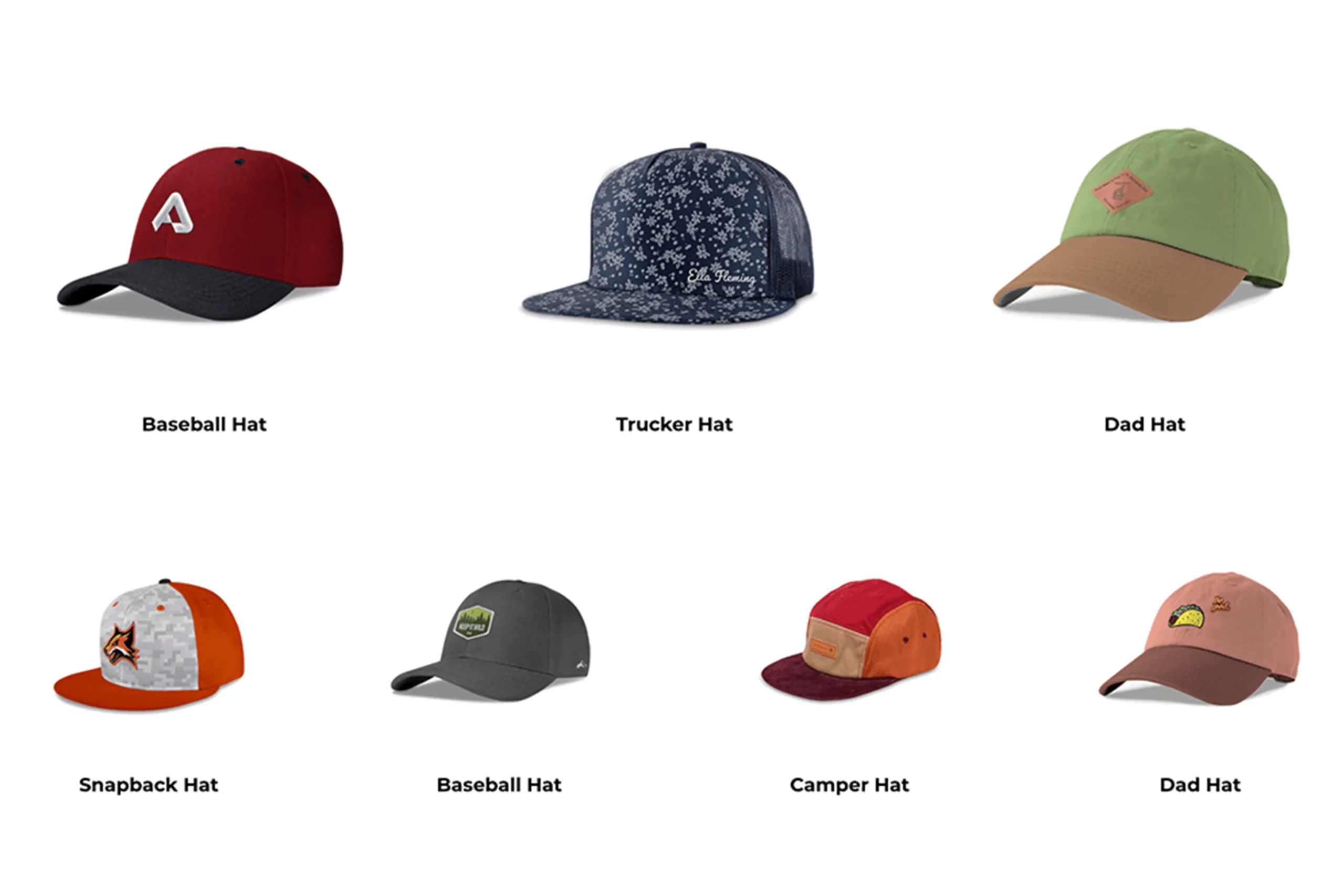Caps are a ubiquitous fashion item, often taken for granted as a simple accessory. However, their journey from ancient headwear to modern fashion statements is rich and varied. This post delves into the evolution of caps, exploring their historical significance and how they have adapted through different eras to become a staple in contemporary fashion.
Ancient Beginnings: Headwear Across Cultures
The history of caps can be traced back to ancient civilizations where headwear served both practical and symbolic purposes. In Ancient Egypt, head coverings like the “nemes” were worn by pharaohs and deities. These elaborate pieces of cloth were not merely for protection but also signified high status and divine authority.
Similarly, in ancient Greece, the “petasos” was a broad-brimmed hat worn by travelers and farmers to shield themselves from the sun. It was often associated with the god Hermes, who was depicted wearing a winged petasos. These early forms of headwear were functional, offering protection from the elements, and also reflected social status and occupation.

Medieval and Renaissance Period: The Rise of Decorative Caps
As Europe moved into the medieval period, headwear became more elaborate and symbolic. The medieval “coif” was a close-fitting cap worn under helmets or on its own. It was practical for keeping the head warm and was often made from cloth or leather.
The Renaissance era saw the evolution of headwear into more decorative and luxurious forms. Caps such as the “beret” and “fez” gained prominence. The beret, associated with artists and intellectuals, became a symbol of creativity and rebellion. The fez, with its distinctive red color and tassel, was embraced by various cultures, becoming a symbol of Ottoman identity and later influencing European fashion trends.
The 19th Century: The Birth of Modern Caps
The 19th century marked a turning point in cap evolution with the advent of the “baseball cap.” Originally designed for athletes, particularly baseball players, these caps featured a rounded crown and a stiff, protruding brim. They were intended to shield players’ eyes from the sun, enhancing their performance on the field.
During the same period, the “flat cap” emerged in Britain. Known for its simple, rounded design with a small brim, it quickly became popular among working-class men. Its functionality and versatility made it a staple in everyday wear.

The 20th Century: Caps in Pop Culture and Fashion
The 20th century saw caps becoming firmly entrenched in pop culture and fashion. The baseball cap transitioned from sportswear to a mainstream fashion item, with celebrities and musicians adopting and popularizing it. This era also saw the rise of the snapback cap in the 1990s, characterized by its adjustable strap and flat brim, becoming a key accessory in hip-hop culture.
Simultaneously, the “trucker hat” gained popularity in the 1980s and 1990s. Originally designed for farmers and truck drivers with a mesh back to keep cool, it became a trendy fashion item, often adorned with flashy logos and designs.
The 21st Century: Caps as Fashion Statements
In the 21st century, caps have evolved into a major fashion statement, transcending their practical origins. Today, caps are worn not only for their functionality but also for their aesthetic appeal. High-end fashion designers and streetwear brands have embraced caps, incorporating them into their collections with innovative designs and luxurious materials.
The rise of gender-neutral fashion has also influenced cap designs, with unisex styles and inclusive sizing becoming more prevalent. Caps now come in a variety of styles, from sleek fitted designs to oversized, statement pieces. They are often used to express personal style, allegiance to a sports team, or affiliation with a particular subculture.

Caps Through the Ages
From ancient civilizations to contemporary fashion, caps have undergone significant transformations. What started as a practical necessity has evolved into a versatile accessory that reflects personal style and cultural identity. As trends continue to shift, it’s fascinating to see how this simple yet iconic piece of headwear adapts and thrives in the ever-changing world of fashion.
Understanding the evolution of caps not only provides insight into their historical significance but also enhances our appreciation of their role in modern style. Whether you're donning a classic flat cap or sporting a trendy snapback, you’re participating in a rich tradition that spans millennia.
MORE LUV.
